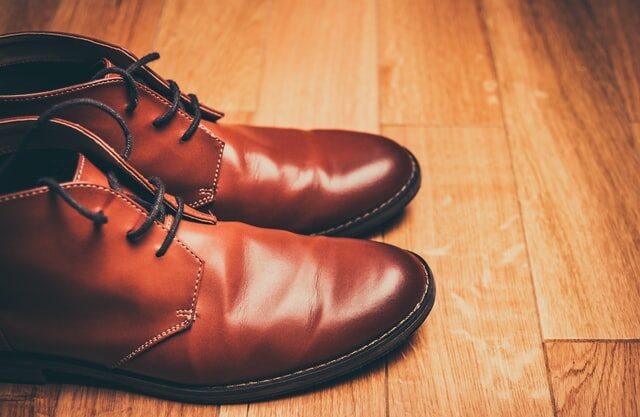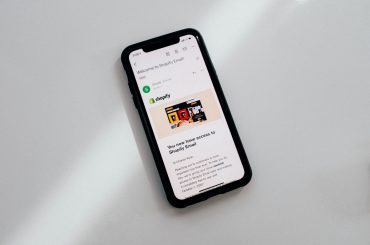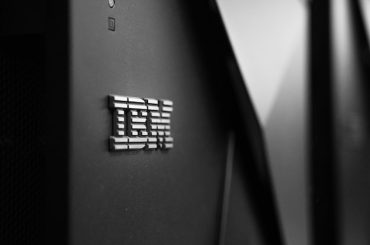In 2020, HDFC Bank chief executive and managing director Aditya Puri said he prefers to wear Bata footwear. Just to give a perspective Aditya Puri is one of the wealthiest non-promoter professionals in the country, with a net worth of Rs 1300 crore.
The news made me write an article on the brand as I thought why Aditya Puri wearing a Bata shoe becomes a National News? Why we associate brands like Armani or Gucci with a Rich person and Bata with a middle-class? The reason is Bata is an affordable brand for those Indians who cannot afford Nike or Adidas.
I remember the time when my dad couldn’t afford to get me shoes from Nike or Reebok and I was still not capable to earn. The only options I had were Bata or Action or Liberty may be. I have hardly seen any friend of mine wearing Bata by choice.
Perception- Most of the Indians think Bata is some local cheap brand that comes next to brands like Nike, Puma, or Adidas.
Since Bata has set a price range of its footwear in India much lower than the price range of shoes from the other brands, Indian customers think that wearing Bata would hamper their image. (Honestly, a brand conscious person like me has this perception too :p). People in India hate to be associated with something that is cheap. (That’s why Nano failed no?).
The fact that there is a suburb called Batanagar near Kolkata reaffirmed the belief in millennial’s minds that Bata is for sure an Indian brand. To your surprise let me tell you a few facts and Why you are wrong:
- BATA IS NOT AT ALL AN INDIAN BRAND. Period. At least the origin. The Bata Shoe Organization (BSO) was founded in August 1894, by Tomas Bata, in Zlin, a small town in the erstwhile nation of Czechoslovakia (now the Czech Republic).
- Bata has three cohesive business units: Bata Europe, based in Italy; Bata Emerging Market (Asia, Pacific, Africa, and Latin America), based in Singapore, and Bata Protective (worldwide B2B operations), based in the Netherlands. The company has 5000 stores in 90 countries.
- Bata Fashion Weekend in Milan is one of the trendiest and well-organized fashion events in the world. Its a blend of luxury, lifestyle, and trends in the footwear industry. Check this video out and then think: Is Bata still a cheap brand?
So what is with brand BATA and its deep-rooted Indian connection?
Although the Bata company has professionalized the management, Bata is still a family-run business. In an interview with Riaan George of Urban Eye, Charles Pignal, a fourth-generation member of the family and the Heritage Director explains how it all started.
His great-grandfather when first visited India in the 1920s, saw people walking barefoot or with torn shoes. Apart from foreseeing a huge market potential, he envisioned to provide Indians with quality shoes at an affordable price. Till today that legacy continues. (Now you know the reason for low prices of Bata shoes 🙂 )
In the 1930s Bata started a big factory comparable to a township that had a school, hospital, and housing facilities. As per the Bata India website, the factory of the brand was also the first manufacturing facility in the Indian shoe industry to receive the ISO: 9001 certifications. It started with rubber and canvas shoes but by the end of 1936, it started producing leather shoes also. In 1939 it had 4000 employees, 86 shops, and was selling 3,500 shoes per week.
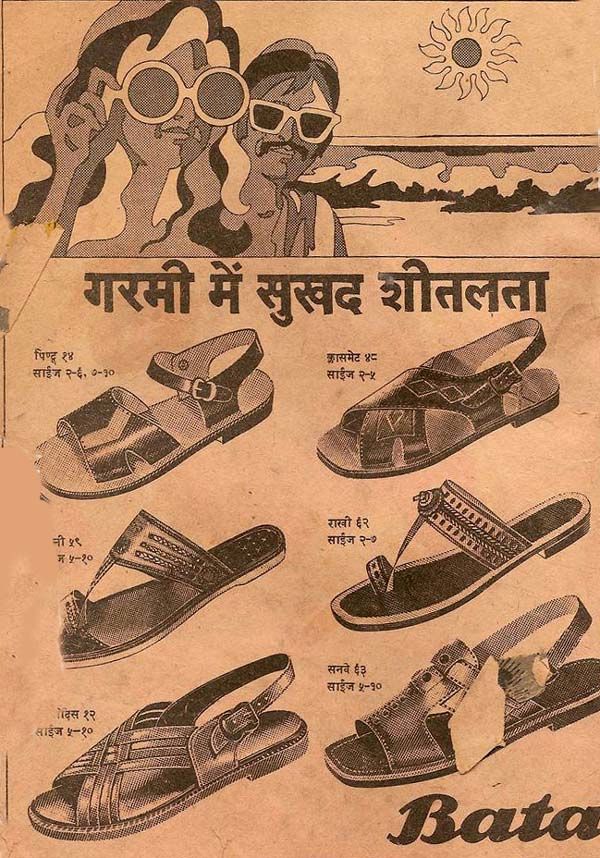
Bata had now become a household name. The company went public in 1973 under the name Bata India Ltd. and established as the most trusted brand in the Indian footwear industry. Bata was a trusted name among Indians from all walks of life and using its unique marketing strategy, Bata blended itself perfectly in the Indian culture. Going to school- Bata shoes. Joining new office-Bata shoes. Retired old man- Bata sandals. Before I continue further, have fun watching this old ad:
Enough of History!! What is the strategy I want to cover here? Adaptation.
Most of the case studies focus only on pricing strategy, excellent marketing strategy, and superior operational strategy of Bata. But they forget one aspect that Bata is an international brand and not an Indian brand.
For any local brand, it’s relatively easy to make local strategies as managers know the pulse of customers. But Bata being an international brand Adaptation is the strategy one should seriously learn in the case in point. Adaptation strategy defined the marketing, pricing, advertising strategy of Bata in India.
In simple terms, adaptation is about maximizing the local revenue of global business by customizing business processes and products or services to meet local markets’ unique needs. One extreme example is by creating local units in each national market that do a pretty good job of carrying out all the steps in the supply.
How Bata applied the Adaptation strategy to make the brand Indian? What it has achieved?
If you see Bata.Com‘s homepage, they have links to their regional websites. Each regional website is in the local language with footwear designs as per local taste. Similarly, for India, it is Bata.in
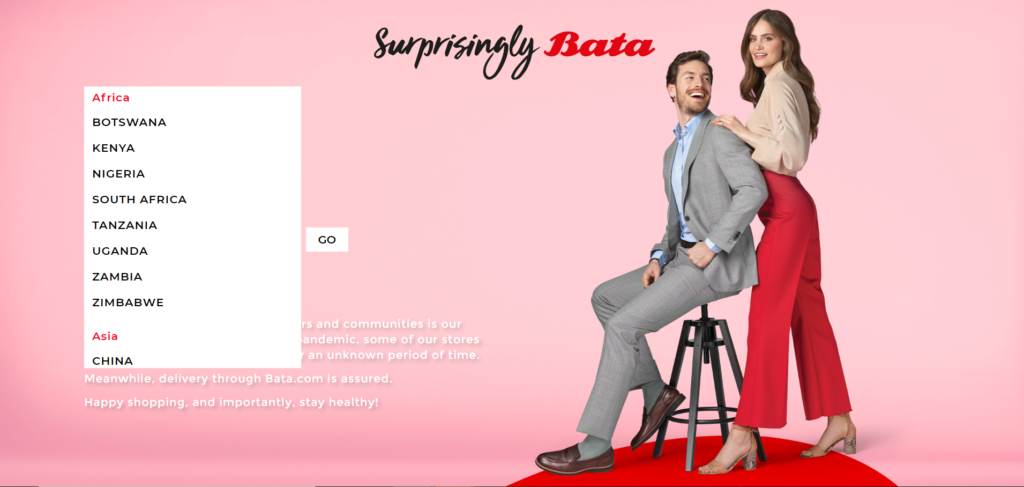
Despite being an international brand Bata could have demanded a premium like its competitors but it decided not to do so. Bata decided to stick with its principle of providing Indians with affordable footwear. It was all part of its adaptation strategy as per the Indian mindset.
But still, Bata is one of the leading brand in terms of sales revenue. To give you some perspective: in FY2022 when Nike India notched up sales of around Rs 814 crore, Adidas (Rs 1,551 crore) and Puma (Rs 2980 crore) Bata clocked in a revenue of Rs 3451 crore.
Bata has proved that you don’t need to be a premium brand to rake in the moolah. Just adapt to what customers want. Bata has made a cornerstone strategy for the Indian market: Sweeping Angela off her feet
Angela is the name given to our ideal consumer, identified based on consumer research. Once we knew Angela, concerted efforts were made towards creating a Bata world that was customized for her.
Bata India CEO Sandeep Kataria‘s interview to The Hindu
High time for a repositioning strategy to compete against international brands
Bata has time and again made its product relevant to Indian millennials and the youth through its extensive customer understanding as part of its adaptation strategy. As per its 2019 Annual report: Leveraging our excellent retail assets, traditional media channels as well new-age digital media it helped us to connect with more consumers and reinforce the Surprises that awaited them in a Bata store.
To promote the idea of surprises in the Bata store, Bata released an advertisement featuring Kriti Sanon and Late actor Sushant Singh Rajput, expressing shock over the designs available at a Bata store.
In another advertisement, Kriti Sanon mentions her invitation to a Bata store. She expressed her shock by saying “Bata!! Isn’t that a school shoe brand?” But then she started looking around and said “Yeh Bata hai?”. She ended up purchasing multiple pairs. Bata is repositioning itself in the Indian market from being a school shoe brand to a stylish, dynamic, and aggressive brand which millennials don’t feel ashamed to flaunt.
Bata’s 2019 Annual Report: Bata’s brand popularity and consumer initiatives were recognized as we were conferred the IMAGES Most Admired Footwear Brand of the Year 2019 at the Annual Images Fashion Awards as well as the Readers Digest Most Trusted Brand Award.
After writing the article I asked my mom “Do you know Bata kahan ka brand hai?” She replied “India ka hai aur kahan ka”. That’s how perfect Bata’s adaptation strategy is!!
Interested in reading more Advanced Strategy Stories? Check out our collection.
–

